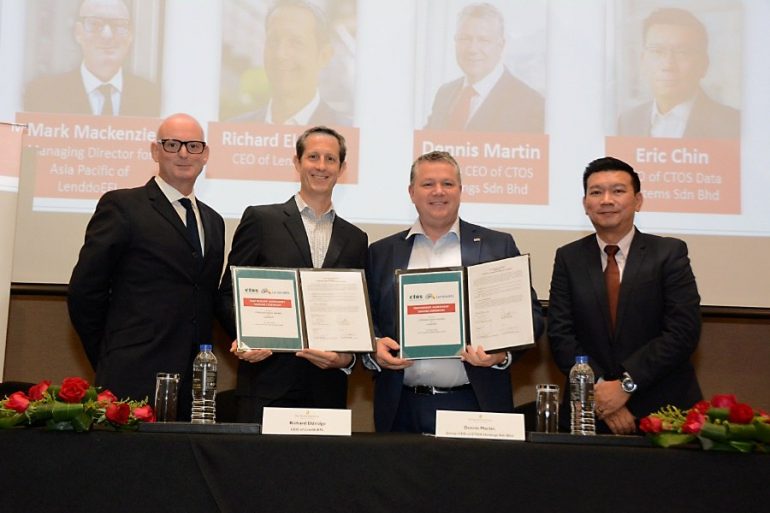This is part 3 in a series of blog posts about Ginis in Credit Scoring. Read part 1 and part 2.
The relationship between Gini Coefficients and Acceptance Rate
One of the most frequent uses of Credit Scores is to decide whether to admit or reject an applicant applying for loan. This is usually called an “Admission score” or “Origination score”. A key decision around this use case is the selection of a score cut-off that will determine a threshold for admission. This cut-off value determines the acceptance rate of the population.
If the score is working well and predictive power is good, the relationship between acceptance rate and default rate will be positive. The higher the acceptance rate, the higher the default rate of the accepted population and vice versa. The direction of this relationship also has two implications: when acceptance rate is higher, the absolute number of bad loans (i.e. non-performing loans) or “bads” will also be higher, and the proportion of these “bads” in respect to the total loans in the accepted population will be higher too.
What does this mean in practical terms?
It means that the predictive power as measured by a Gini coefficient for the exact same score at different levels of acceptance rate for the exact same population will be different. The higher the acceptance rate, the higher the Gini coefficient and vice versa.
This is something that can be easily tested. If you have a portfolio and a score with good predictive power, you can calculate the Gini coefficient for different score cutoffs or acceptance thresholds and the results should look something similar to this example of a typical credit portfolio:
So for example, if there is a change in credit policy and the acceptance rate is lowered from 60% to 40%, the Gini coefficient for the same score over the new sample may also be lower. Does that mean the model is not working anymore? Absolutely not. All the contrary, it’s probably just a good signal that the score is doing a good job. Once a change in acceptance rate is implemented, results should be assessed by the change in default rate, not in predictive power.
Bottom-line: To judge the predictive power of a Credit Score by the means of Gini, you also need to take into account the Acceptance Rate at which the Gini coefficient is measured. Lower Acceptance Rates will tend to have lower Gini coefficients by construction, even if it is the same exact score over the same population.
The fundamental reason behind this phenomenon was discussed in the part 2, where we explained why Gini coefficients should only be directly compared over the exact same data samples, even if the two samples correspond to the same population.
By: Carlos Del Carpio, Director of Risk and Analytics, LenddoEFL



























